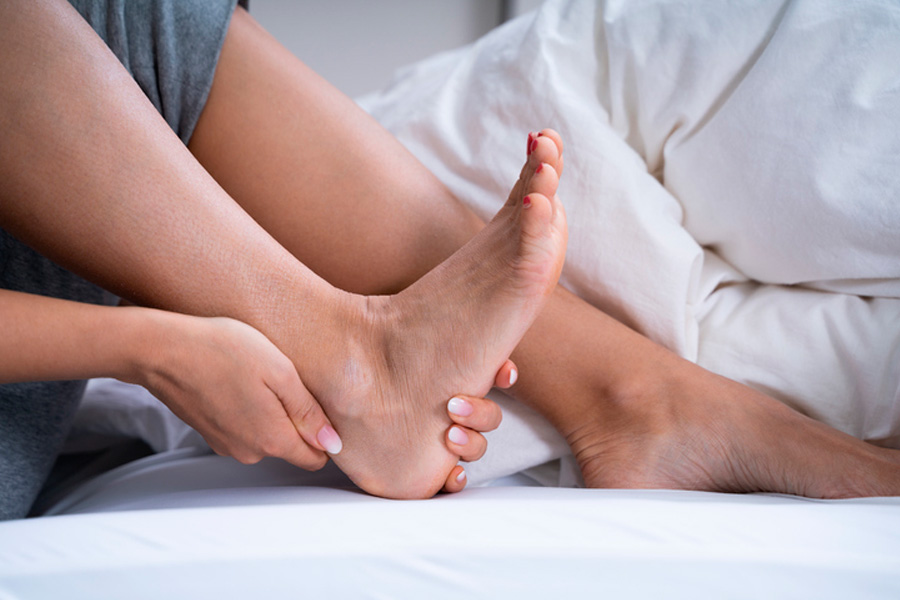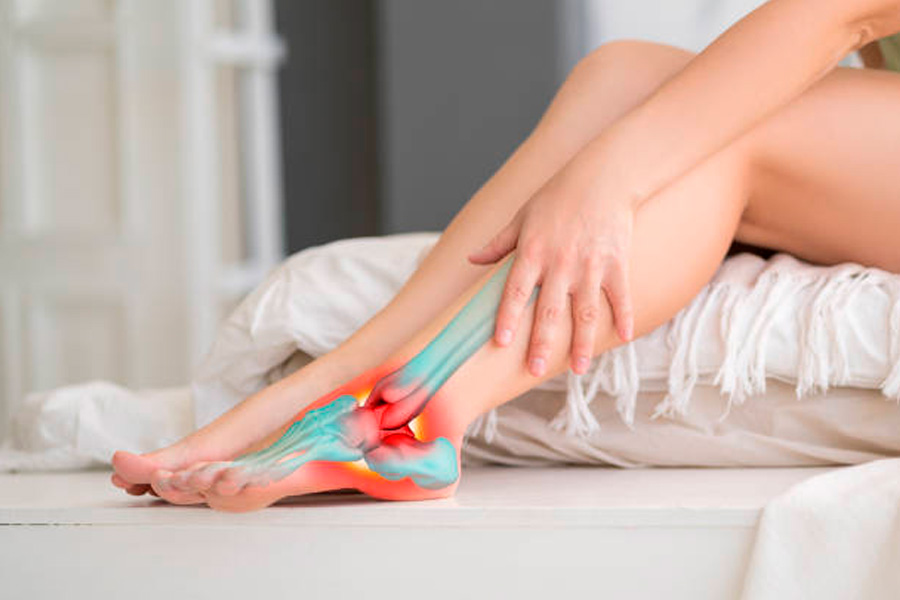Walking and running are two of the most essential daily activities for humans. To be able to walk and run without pain is a blessing that many people take for granted. Unfortunately, the human body is a biological machine that is susceptible to injuries, diseases, and traumas, which can lead to immobility and pain.
Peroneal tendonitis is one of the annoying injuries we can develop, and it really stands in the way of exercising and going about our daily lives.
What is Peroneal Tendonitis?
We have a number of muscle compartments in the back of each leg. One group of these muscles is the peroneal muscles. They are a group of three muscles located in the outer part of the back of the leg (near the calf muscle). They originate from the fibula bone and are attached to a small bone in the inner part of the foot. The main function of the peroneal muscles is to allow for outward rotation of the foot.
Peroneal tendonitis is the inflammation of the peroneal muscles’ tendons, which makes them painful, swollen, tender, and hinders their movement. Peroneal tendonitis mostly affects people who practice sports that require doing repetitive movements involving the ankle.
In other words, peroneal tendonitis occurs mostly because of:
- The overuse of the peroneal muscles and tendons
- Faulty movements and techniques involving the muscles
- The footwear is not good enough to support the leg and muscles
- Abrupt, intense exercise that catches the muscles off-guard without warming up
There are also some reasons related to the body’s biomechanical qualities, like having high-arched feet, incoordination, and imbalance of the lower limb muscles.
Symptoms
Acute and chronic peroneal tendonitis share the same set of symptoms:
- Pain along the ankle area following the tendons
- Movements that involve the ankle (like rotating your foot from inside out) make the pain worse
- Redness, heat, and swelling around the tendons
Diagnosing Peroneal Tendonitis
Your podiatrist will discuss the events leading up to the injury in order to check if there has been an intense activity that could have caused muscle overuse. They will then examine your leg to verify that the pain is in the peroneal muscles and not somewhere else. They will apply different techniques and movements to your leg to look for symptoms. Imaging tests like X-ray, MRI, and CT scan might be needed to exclude fractures or injuries to the surrounding tissues.
Peroneal Tendonitis Treatment
The main treatment for peroneal tendonitis is rest and immobilization. It is most often treated with:
- Steering clear of any physical movement that might flare up inflammation.
- Taking non-steroidal anti-inflammatory drugs like acetaminophen, as they can relieve pain and reduce inflammation.
- Doing physical therapy, as heat, ice, and ultrasound therapies can improve symptoms dramatically. In addition, exercises to strengthen muscles and improve balance are also beneficial.
- Using a brace to protect the ankle and limit its movement range.
If nonsurgical treatments are of no use, surgery can be done to repair the affected area and release the tendons.
Experienced Podiatrist in Cincinnati
Cincinnati Foot & Ankle Care (CFAC) has a long history of providing expert podiatric care in the Cincinnati area. We are a group with the most skilled podiatrists. You will not find a better place to treat your podiatric issues. From foot and ankle surgery to custom orthotics and diabetic foot care, we offer a wide range of services directed towards optimizing your health and getting you back to your life and favorite activities with no worries.
No matter what your podiatric needs are, Cincinnati Foot & Ankle Care is here to help. To schedule a consultation with one of our podiatrists, call us today at the location nearest you or use our convenient appointment request form.





